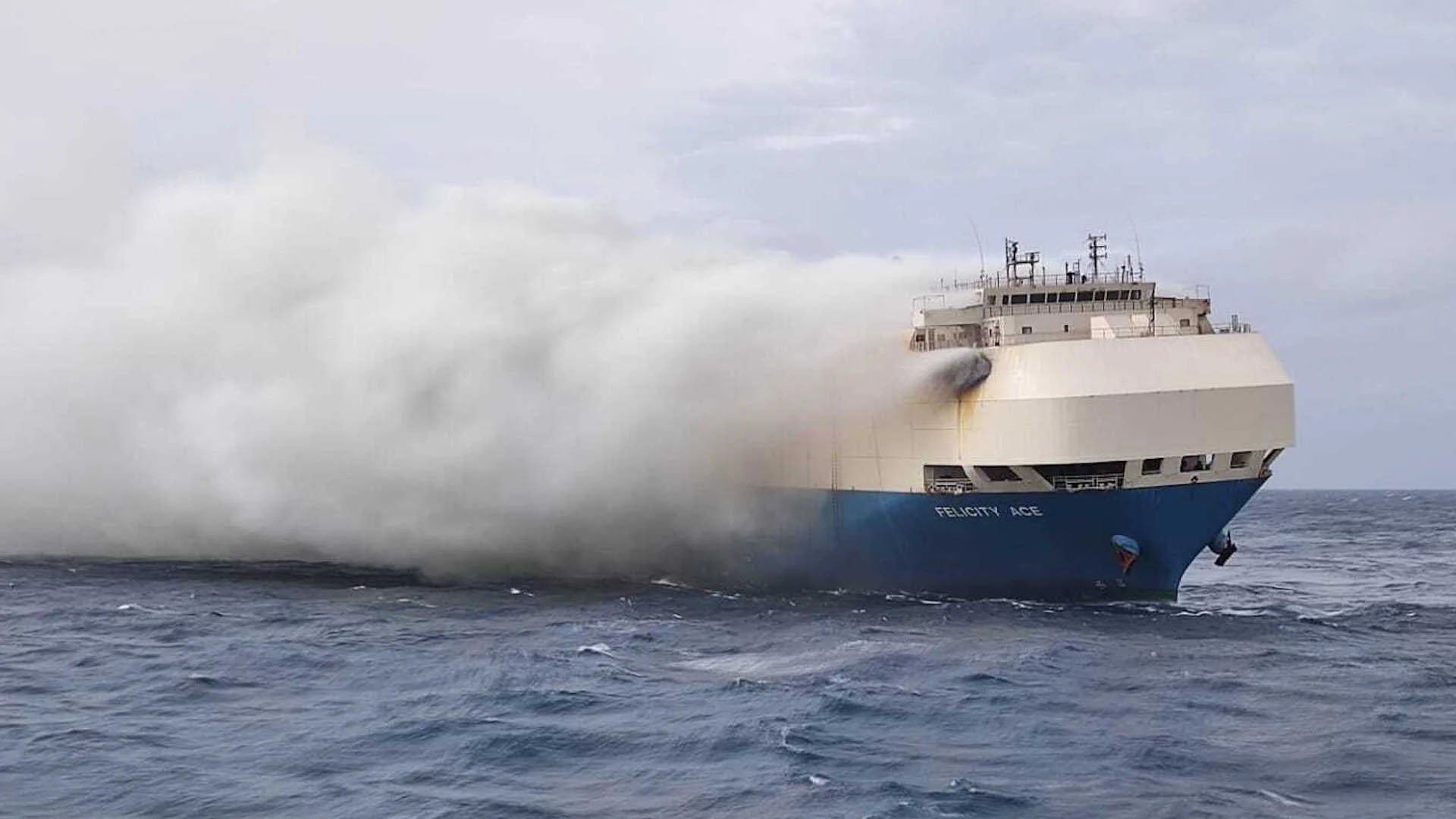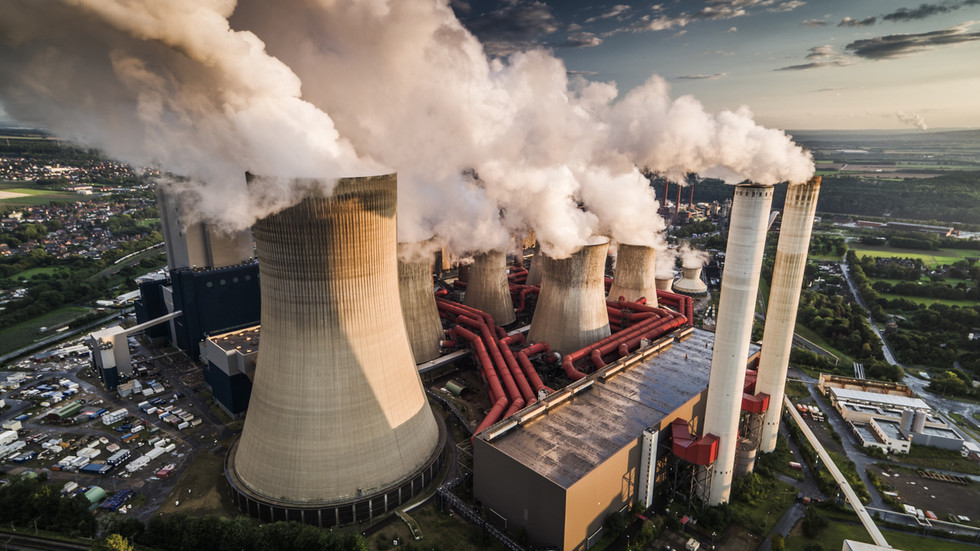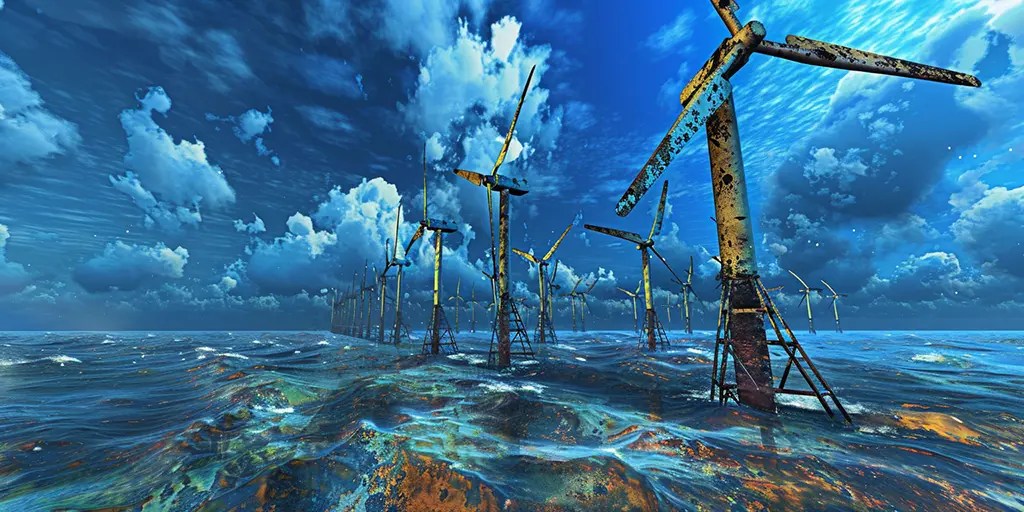New York To Pay $155 Per Megawatt Hour For Wind-Power, Current Rate Is $36 Per MWH
BY TYLER DURDEN
SATURDAY, AUG 24, 2024 - 09:10 PM
Authored by Mike Shedlock via MishTalk.com,
It currently costs NY about $36 per MWH for energy. But the state demanded wind. Let’s discuss the amazing bottom line results.

So Much for So Little
The Wall Street Journal asks
Why Is New York Paying So Much for Wind Power?
New York state signed a contract in June to buy electricity generated by two large wind farms, Empire Wind 1 and Sunrise Wind, off the coast of Long Island. The projects are expected to begin in 2026 and 2027, with power delivered to Brooklyn (Empire) and Long Island (Sunrise). The state will pay $155 and $146 per megawatt-hour, respectively. These prices are steep, at least four times the average grid cost paid over the past year.
States agree to pay wind-power operators—known as the “offtake price”—based on a project’s “break-even cost,” the estimated bill for building and operating the wind farm over its useful life. That is undoubtedly part of the problem. The offshore wind business off the East Coast is in turmoil. Operators have canceled projects from Massachusetts to Maryland that were due to be constructed in the next four years. Some have been delayed, while others have renegotiated their contracts at prices 30% to 50% higher than originally promised.
Two widely quoted sources of break-even costs are the U.S. Energy Information Administration and Lazard, an investment bank. In its most recent estimates, the EIA suggests the average break-even cost of offshore wind farms, adjusted to 2024 prices, is $131 per megawatt-hour, not counting government subsidies, and $101 per megawatt-hour after allowing for basic tax credits. The latter figure is what matters, because every offshore wind farm expects to take advantage of investment or production tax credits under the Inflation Reduction Act.
EIA Says Wind is Not Economical
Let’s pause right there because wind is absurd by any measure.
The cost of wind is $131 per MWH without credits and $101 with $30 in tax credits according to the EIA.
A handout of $30 is an 83 percent subsidy (30/36) and the deal still is still nearly 100% per MWH in the red, losing $35 per MWH over the cost of buying energy at market rates.
A Sweetheart Deal
The deal (thank you team Biden and New York), will pay $155 and $146 per megawatt-hour, respectively to Empire Wind 1 and Sunrise Wind.
The owner-operators of the two farms—Equinor for Empire and Orsted for Sunrise—are two of the top five global wind-farm investors and operators.
Equinor is Norway’s state oil company, while Orsted previously was Denmark’s.
With a break even cost of $101 (thanks to subsidies), Equinor will make $54 per MWH and Orsted will make a mere $45 per MWH on something whose total cost should be $36 per MWH.
The Journal calculates Equinor and Orsted (foreign corporations) will each receive a total subsidy of more than $3 billion courtesy of U.S. taxpayers.
The Journal asks
“Did New York sign an agreement that allows large wind-farm operators to earn unreasonably high after-tax profits at the expense of its residents?”
I believe the math speaks for itself.
Not only will New Yorkers pay over four times the going rate for energy, the US will send $3 billion to foreign companies to do so.
Congrats team Biden and New York State.
Another Green Energy Company Declares Bankruptcy
Meanwhile,
Another Green Energy Company Declares Bankruptcy, Thank Biden’s Tariffs
And in case you missed it
Ford Loses $132,000 on Each EV Produced, Good News, EV Sales Down 20 Percent









